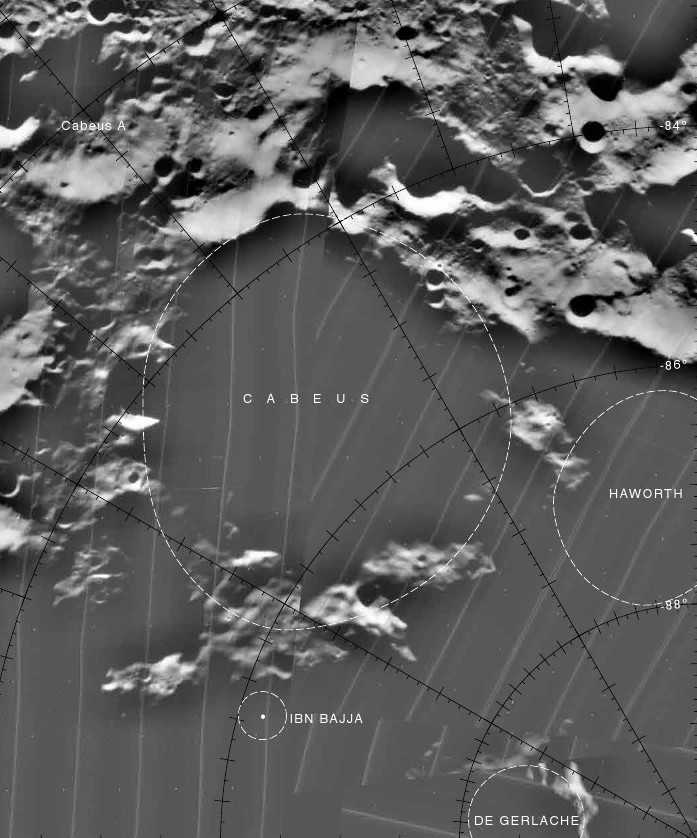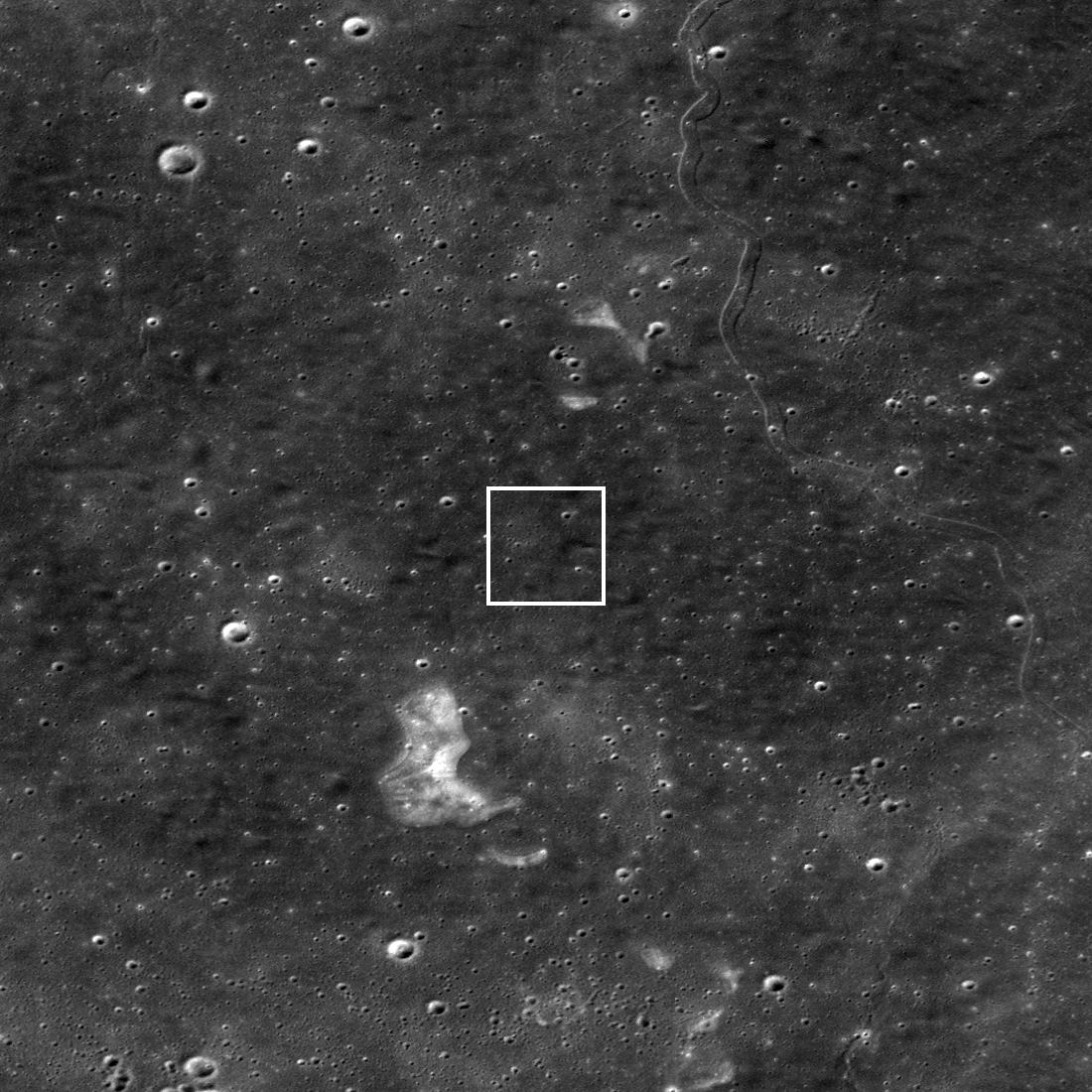Craters are a familiar sight on the lunar surface and indeed on many of the rocky planets in the Solar System. There are other circular features that are picked up on images from orbiters but these pits are thought to be the collapsed roofs of lava tubes. A team of researchers have mapped one of these tubes using radar reflection and created the first 3D map of the tube’s entrance. Places like these could make ideal places to setup research stations, protected from the harsh environment of an alien world.
Continue reading “The Entrance of a Lunar Lava Tube Mapped from Space”Is This a Collapsed Lava Tube on the Moon?

The Moon was once a geologically active place characterized by volcanoes, lava flows, and a magnetic field generated by action in its interior. The Moon’s airless environment has perfectly preserved evidence of this past and can be seen today as dark deposits, volcanic domes, and cones. But the most recognizable features are known as “sinuous rilles,” which are believed to be ancient lava tubes that have since collapsed. The Lunar Reconnaissance Orbiter Camera (LROC) recently captured images of a rille that extended 48 km long (30 mi) across the northern hemisphere.
Continue reading “Is This a Collapsed Lava Tube on the Moon?”One Crater on the Moon is Filled with Ice and Gas that Came from a Comet Impact
In the coming years, NASA and other space agencies hope to explore the southern polar region of the Moon. Recent surveys of this region have revealed an environment rich in volatiles – elements that vaporize rapidly due to changes in conditions. In particular, missions like NASA’s Lunar Reconnaissance Orbiter (LRO) and the Lunar CRater Observation and Sensing Satellite (LCROSS) have detected abundant water ice in the permanently-shadowed craters around the South Pole-Aitken Basin.
Where this water came from has remained the subject of much debate, with theories ranging from it being deposited by volcanic activity or solar wind to being delivered by comets. After examining LCROSS data on the Cabeus crater near the Moon’s south pole, a multinational team of researchers from the U.S. and France determined that the water ice and volatiles in the crater were likely delivered by the impactor (a comet) that created it.
Continue reading “One Crater on the Moon is Filled with Ice and Gas that Came from a Comet Impact”A Spacecraft Orbiting the Moon Just Captured an Image of Saturn
Cameras can be finicky – especially ones primarily used for astronomy. When used for a purpose other than their intended one, sometimes they result in horribly muddled or blurry images. However, sometimes an image works out just right and provides a whole new perspective on a familiar scene. That’s what happened recently when the Lunar Reconnaissance Orbiter (LRO) turned one of its cameras toward one of astronomy’s favorite places – Saturn.
Continue reading “A Spacecraft Orbiting the Moon Just Captured an Image of Saturn”Not Just Water, There Could be Frozen Carbon Dioxide on the Moon too
Despite all its wonderful properties, water isn’t the only resource needed for space exploration. Carbon is another important ingredient for many necessary materials, such as steel, rocket fuel, and biomaterials. Therefore, proponents of lunar exploration should be excited by a recent study led by Dr. Norbert Schorghofer of the Planetary Science Institute that found natural “cold traps” for carbon dioxide in some of the permanently shadowed craters of the moon.
Continue reading “Not Just Water, There Could be Frozen Carbon Dioxide on the Moon too”Here’s Chang’e-5, Seen From Lunar Orbit
On Tuesday, December 1st, at 10:11 EST (07:00 PST) the Chang’e-5 sample return spacecraft landed safely on the Moon. This mission is the latest in China’s lunar exploration program, which is paving the way for the creation of a lunar outpost and a crewed mission by the 2030s. The day after it landed, the Lunar Reconnaissance Orbiter (LRO) passed over the site and acquired an image of the lander.
Continue reading “Here’s Chang’e-5, Seen From Lunar Orbit”This is a Landslide… on the Moon
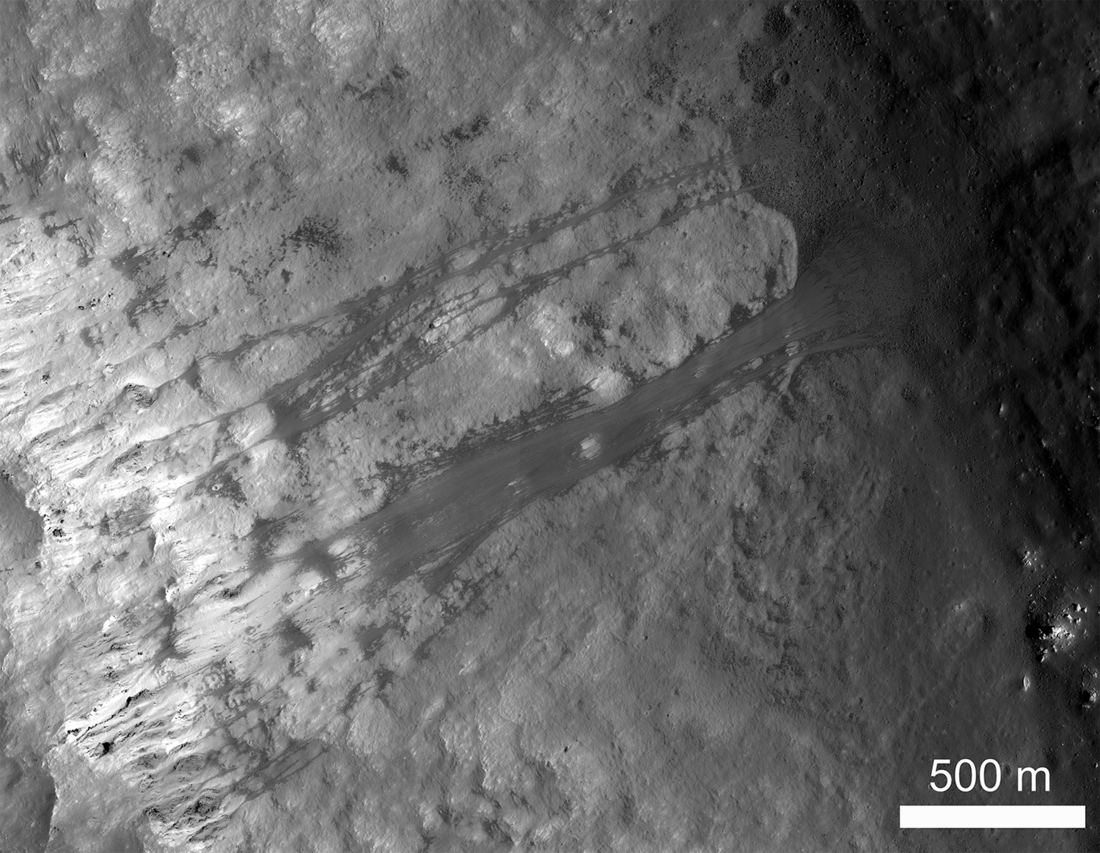
Landslides bringing you down?
Landslides can be found all across our own planet Earth, on all seven continents plus the ocean floors. Similar large mass movements have been spotted around the Solar System on rocky worlds, including our companion, the Moon.
This image from the Lunar Reconnaissance Orbiter (LRO) shows an example of lunar landslides, with translational slides of regolith on the walls of Kepler Crater.
Continue reading “This is a Landslide… on the Moon”The Moon Might Be More Metal-Rich Than We Thought
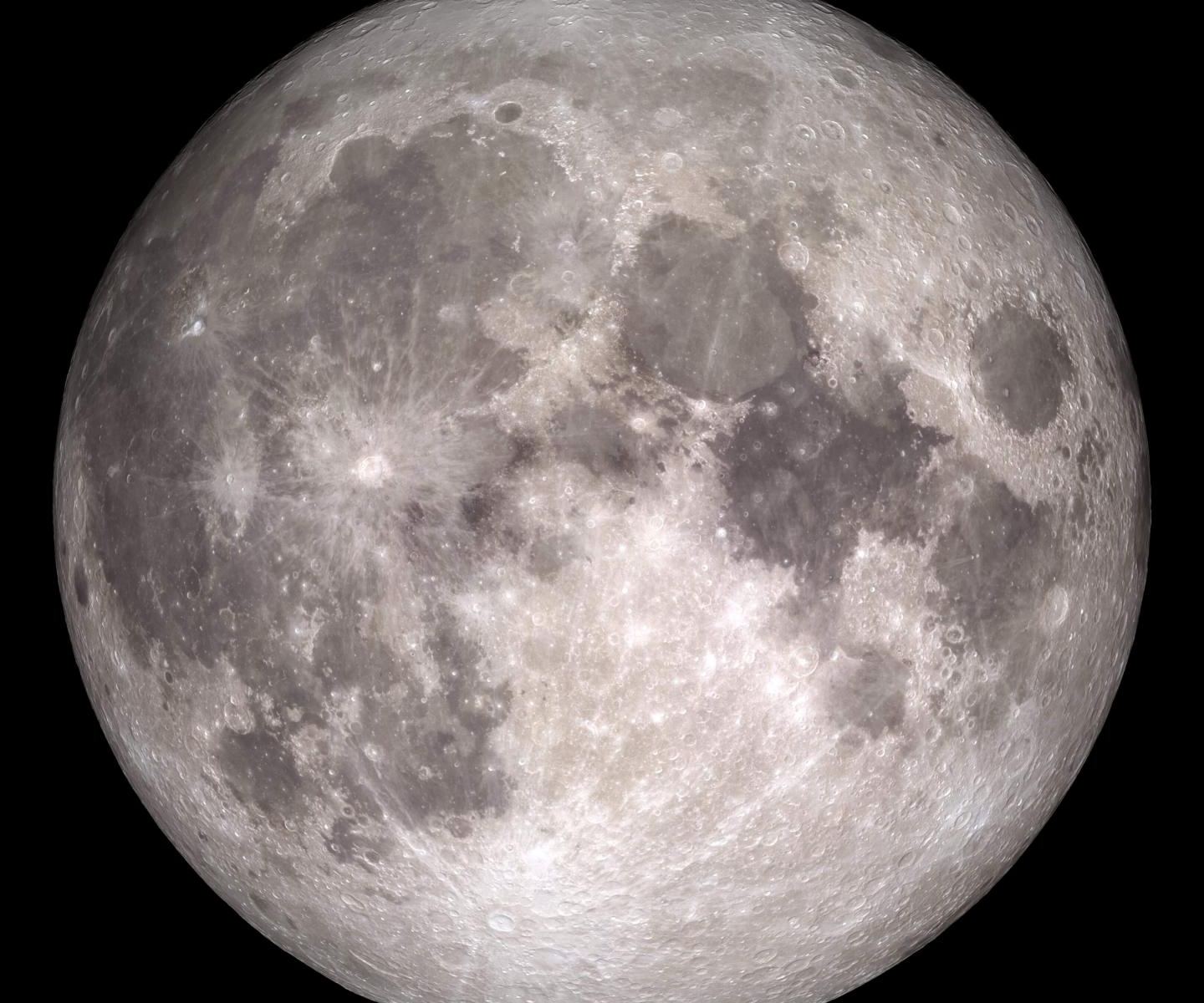
A new study shows that the Moon is more metal-rich than previously thought. That has some far-reaching implications for our understanding of the Moon’s formation. If their results are solid, it means that we may need to re-think the giant impact hypothesis for the formation of the Moon.
Continue reading “The Moon Might Be More Metal-Rich Than We Thought”Mapping Out the Water on the Moon
In 2009, NASA launched the Lunar Reconnaissance Orbiter (LRO), the first mission to be sent by the US to the Moon in over a decade. Once there, the LRO conducted observations that led to some profound discoveries. For instance, in a series of permanently-shaded craters around the Moon’s South Pole-Aitken Basin, the probe confirmed the existence of abundant water ice.
Based on the temperature data obtained by the LRO of the Moon’s southern polar region, the ESA recently released a map of lunar water ice (see animation below) that will be accessible to future missions. This includes the ESA’s Package for Resource Observation and in-Situ Prospecting for Exploration, Commercial exploitation and Transportation (PROSPECT), which will be flown to the Moon by Russia’s Luna-27 lander in 2025.
Continue reading “Mapping Out the Water on the Moon”The Impact Site of China’s Longjiang-2 Spacecraft has Been Found on the Moon
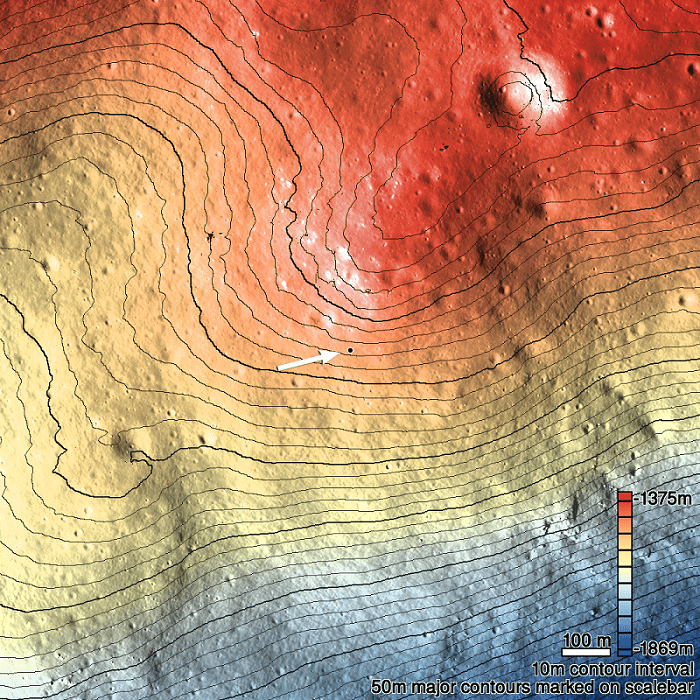
On May 20th, 2018, the China National Space Agency (CNSA) launched the Queqiao spacecraft, the vehicle that would deliver the Chang’e-4 mission to the Moon. This vehicle was also responsible for transporting a lesser-known mission to the Moon, known as the Longjiang twin spacecraft. This package consisted of two satellites designed to fly in formation and validate technologies for low-frequency radio astronomy.
While Queqiao flew beyond the Moon to act as a communications relay for the Chang’e-4 lander, the Longjiang satellites were to enter orbit around the moon. On July 31st, 2019, after more than a year in operation, the Longjiang-2 satellite deorbited crashed on the lunar surface. And thanks to efforts spacecraft tracker Daniel Estévez and his colleagues, the Lunar Reconnaissance Orbiter (LRO) was able to photograph the impact site.
Continue reading “The Impact Site of China’s Longjiang-2 Spacecraft has Been Found on the Moon”

